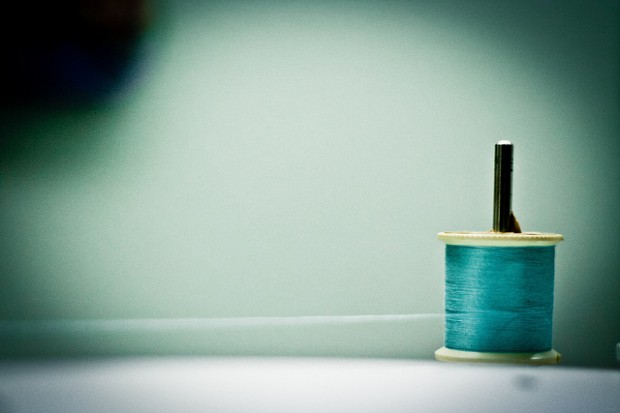
As a crafter or marker, you strive to make the best products you can, knowing that your customers will love them. But how much time do you actually spend considering who that customer really is, or what happens to the thing you’ve labored over once they purchase it?
Making great products is only part of the marketing of your handmade business — you’ve also got to spend some time considering who your ideal buyer is. Getting a clear picture of your potential buyer can define your visual brand, shape the way you speak in your ad copy and marketing materials, and can help you tailor your marketing efforts (do you sponsor Facebook posts? Do you run ads in local magazines?). It can also help you decide which markets you even want to be in. Are craft fairs the best way to reach customers? What about wholesaling to retailers in your area — or even in another area?
To help you determine where to best spend your efforts, it’s a good idea to make a customer profile, which gives a face and personality to your ideal buyer.
“They’re buying your products because they want to make some aspect of your life better,” reminds author and craft business consultant Kari Chapin, “they have some sort of personal reason for wanting to buy what you make.” To make sure your product fits into their life, you need to ensure that your photos, copy, products, and packaging all speak to them.
“The more you know your customer, the more you’re going to be able to sell the things that she or he likes,” explains Kayte Terry, visual communication manager for Anthropologie. “One of the things we think of a lot…is the experience, first and foremost. You want your customer to be happy.”
Kari agrees, pointing out that there are over a million shops on Etsy right now. If you want to stand out, she says, a customer profile is one of the best tools.
“The reason I want people to build a clear and detailed customer profile is that I want to make your work easier. And I know that if you know who you’re selling to, your handmade business is going to do that much better. You’re not going to struggle as much when you’re doing your photography. I want you to get down and into all this detail,” says Kari.
To establish who the customer is, says Kayte, she creates a concrete personality in her mind.
“I like to come up with a name for the person. Where does she live? What kind of music does she listen to? Does she have a style muse? I do a lot of research on it.”
In her class, Start A Handmade Business, Kari included a packet of information which featured the following questions, among many more.
- What gender are they?
- How old are they?
- What is their family life like?
- What kind of job do they have?
- What do they do for fun?
- What would they be doing on a fun weekend?
- What do you think their home looks like?
- How do they dress on an average day?
- What makes them feel special?
- What do they worry about?
By answering these questions, you can get a more clear image of who will be buying your products, and what the best way to meet their needs might be. Kari also suggests using Pinterest to create a customer profile. By pinning similar-looking packaging, marketing materials, and even products, you can help decide how you want your images to look, what your copy should sound like, and even how much you can charge for your items.
Creating a customer profile, says Kari, frees up time you might be spending on marketing and administration. Instead of struggling with how you want your brand to be perceived and fighting to get it into markets that may never be right, having a detailed idea of who is buying your products can help you reach the right customer the first time around.


